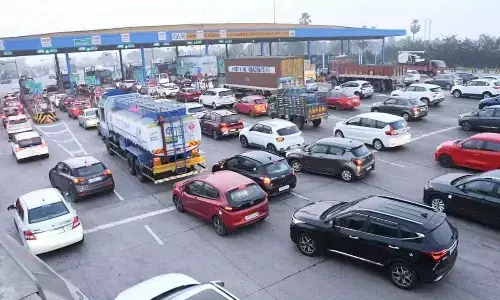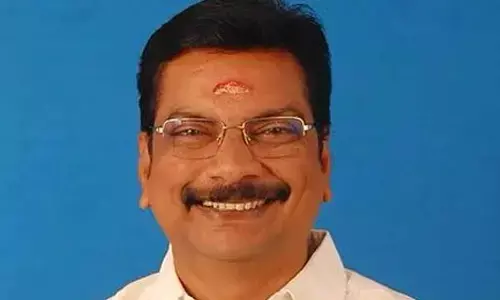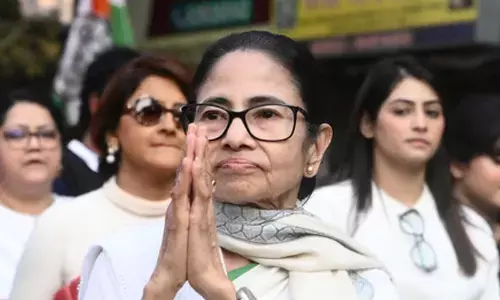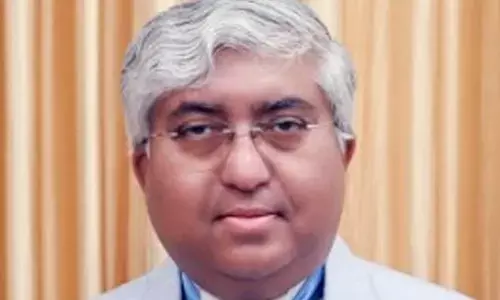Disparity in development is all-too pervasive

Disparity in development is all-too pervasive
The concept of equality is alien to Nature
The concept of equality is alien to Nature. Planet Earth, as the title of one of the books of Carl Sagan goes, is nothing but a 'Pale Blue Dot'. Still, to the best of our knowledge, and until today, it is the only inhabited celestial object. The reason why it should have been chosen exclusively for hosting a life-giving environment has baffled scientists for centuries.
In the first place, Earth is it at just the right distance from the sun for the temperature not to be too hot or too cold for life to subsist. Then, it has an atmosphere that keeps it warm, in addition to a magnetic field which insulates it from harmful radiation from outer space. Finally, it also has the right chemical ingredients for life, including carbon and water.
Recent studies have shown that there are thousands of earth-like stars where life should find it possible to take birth and flourish. However, No conclusive evidence of the existence of life has, so far, been found elsewhere in the universe. Nature, clearly, has a way of making its own choices.
A rock exists. So does a tiger. But a tiger has a life to live too. Then, again, just as a cat has a life, so does a human being. But a human being has many faculties which animals do not possess. Estimates have it that there are as many as 8.7 million species of life forms on earth. And it is generally accepted that the species of homo sapiens is the highest form of intelligent life. Thus, to be a human being on earth is an honour conferred upon the choicest few selected by the Creator for a privileged existence.
It has been said that one should not merely count one's days, but make one's days count. For that to be done, however, many preconditions need to be satisfied, before a person can become socially useful and be productive contributors to the happiness and prosperity of others. One recalls, in this context, what Thomas Jefferson said – "... we hold these truths to be self-evident. That all men are created equal, that they are endowed by their creator with certain inalienable rights and that among these are life, liberty, and pursuit of happiness". If a person is to realise those rights it is necessary that an enabling environment, informed by the values of justice, equity and freedom, is put in place.
Justice and equity are also phenomena that have evolved with the growth of civilisation and all ideas that derive from the rules and norms that govern the functioning of society.
Before order and structure were accepted by societies – life, as Thomas Hobbes described it, was 'solitary, poor, nasty, brutish and short'. Mankind has come a long way since then in the journey towards establishing an egalitarian and just dispensation, free from prejudices and discrimination based on considerations such as caste, creed, sex, religious faith, political persuasion or geographical origin.
All that effort notwithstanding, however, a three-dimensional skewness in the distribution of the benefits of growth and development over regions of the world, sections of the people and sectors of the economy persists significantly. What developed countries do to poor countries is done by the elite of the poor countries to its poor masses.
The world of today presents a picture that depicts a horizontal divide, between the haves and the have-nots, and the successful and the failures. It also shows a yawning vertical schism that represents the hiatus between the urban and rural areas, on the one hand, and the prosperous and backward regions on the other, in various countries. The division is by no means inevitable or accidental and is, in fact, a direct and immediate result of policy decisions made by governments of countries across the world – especially decisions relating to how taxes are raised and spent.
What is more, many governments are unfortunately fuelling the inequality crisis by assisting corporate and wealthy individuals while denying desperately needed legal, administrative, operational and financial support to public services such as drinking water, adequate and nutritious food, housing, healthcare, and education. Needless to say these policies hit the poor the hardest. And women and children, suffer the most – while contributing the most Societies through their unpaid work or services.
According to experts the structural adjustment of the economy, post-1991, in the wake of which followed the phenomena of liberalisation, privatisation and globalisation, acted adversely upon the poor, because of policy – induced rises in the relative prices of food, as also contradictory reservation policies to reduce inflation, leading to contracting non-agriculture employment and falling wages in the organised sector.
They also feel that, unless the institutional structure prevailing in the social order is re-corrected through socio – legal reform, mere growth of the economy will not do justice to the poor, quite contrary to the expectations of those who subscribe to the trickle-down theory.
Uneven regional development, for instance, is a universal phenomenon found in almost all large countries, whether - developing or developed. The important thing is to realise that the phenomenon is thus caused by multiple factors including economic growth, ethical issues and political compulsions.
One of the early instances of the expression of such a sentiment by people was the Punjabi Suba movement. Launched by the Sikhs and led by the Akali Dal demanding the creation of a separate state of Punjab, resulted, after a prolonged agitation, in the creation of the present states of Haryana, Punjab, Himachal Pradesh and the Union Territory of Chandigarh.
On similar lines the present states of Arunachal Pradesh, Nagaland, Meghalaya and Mizoram were carved out of the original Assam state. Originally, during the states reorganisation that was taken up in 1956, only one state of Assam was approved in the demands of minority group for Nagaland state and for the separation of the Mizo areas from Assam were not met. This led to dissatisfaction and further strengthening of the demand for the establishment of separate states.
An agreement was reached by the then Prime Minister Nehru and the Naga People's Convention in 1960. Nagaland state was formed in 1963 following the acceptance by the Government of India of the demands of the Naga moderates. This led to similar demands in other parts of the north-eastern region resulting finally in the formation of Mizoram in 1987, Tripura and Manipur states in 1972 and Arunachal Pradesh in 1982.
The Gorkhas, whose origin is Nepal, constitute significant portions of the population of the northern and north-eastern states of India. West Bengal, in particular, is home to the largest number. The demand for a separate and autonomous governance apparatus for the Gorkhas was voiced for a long time and resulted in a protracted agitation.
In response, a semi-autonomous body named the Darjeeling Gorkha Hill Council (DGHC) was put in place, in the first place. Subsequently, in 2012 DGHC was replaced by the Gorkha Territorial Administration in 2012.
Telangana state is a recent example of the aspirations of a geopolitical region demanding separate statehood fructifying. A similar demand in Maharashtra State for a separate Vidarbha state, with Nagpur as the capital, however, remains unfulfilled. So does a similar demand for a Greater Delhi State or Harit Pradesh.
(The writer is former Chief Secretary, Government of Andhra Pradesh)















